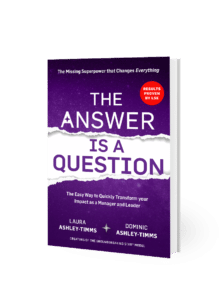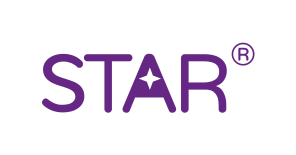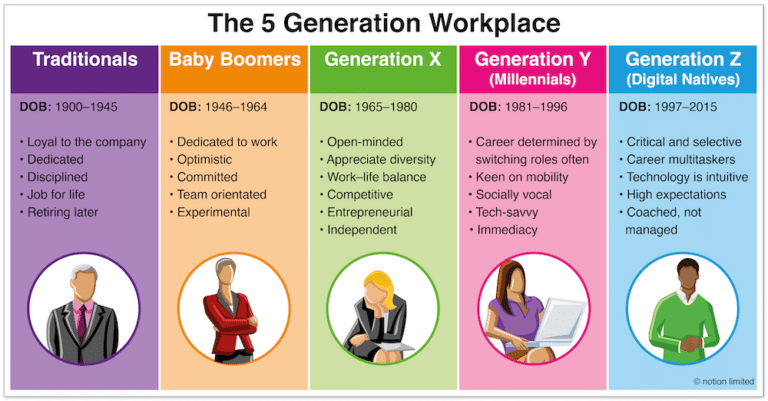
We often hear about how attitudes to work, and ways of working have changed since the pandemic started. However, what we don’t often discuss is how the makeup of the workforce itself has changed.
The modern workforce is multigenerational, comprising five different generations working together towards shared organisational goals. While collaboration between generations brings great diversity of thought into the workplace, it also introduces complexities that can be difficult to manage. Each generation has its own perspectives, priorities, styles of working and communicating. Managers need to identify the strengths in each of these generations to foster greater collaboration.
Our Workforce is More Generationally Diverse Than Ever

Traditionalists
(born between 1900 and 1945)

Baby boomers
(born between 1946 and 1964)

Generation X
(born between 1965 and 1980)

Generation Y or Millennials
(born between 1981 and 1996)

Generation Z or Gen Z
(born between 1997 and 2015)
People born in Gen Z are digital natives. It’s the first generation that intuitively understands technology, because smartphones and other tech devices have been essential to their learning, and building of social relationships. Gen Z are both critical and selective with where they build their careers because of their high expectations. Unlike the previous generations, Gen Z prefers coaching styles, rather than management.
Each of these generations has its own priorities and expectations from the leaders of organisations. This begs the question, what’s the best way to integrate all of these perspectives into your management approach?
How to Unite a Multigenerational Workforce
A recent Gallup study of 1,700 US workers found one key commonality. Baby boomers, Gen X and Millennials all reported that the quality of manager and management is one of their top three priorities. These generations prioritise effective management in their experience at work. That said, Gen Z prefers a coaching style, rather than a traditional management approach, so managers need to be agile.
Organisations should be inclusive and collaborative, and we want to equip managers with the skills to foster that. Managers need to be able to have both an agile and positive approach to meeting individual needs – we need managers to engage with people differently and respect individual contributions. There will be moments where the generational gap – differences in the behaviour and outlook of different generations – will arise, and could cause conflicts.
One of the most powerful things you can do as a manager is to ask insightful questions and to really and actively listen to the answers, which is the foundation of the STAR® Manager programme. When using the STAR® model, managers are able to spot those coachable moments. By developing new muscles around asking insightful and powerful questions in every situation, managers are able to generate a better outcome that positively takes different ideas and solutions into account.
